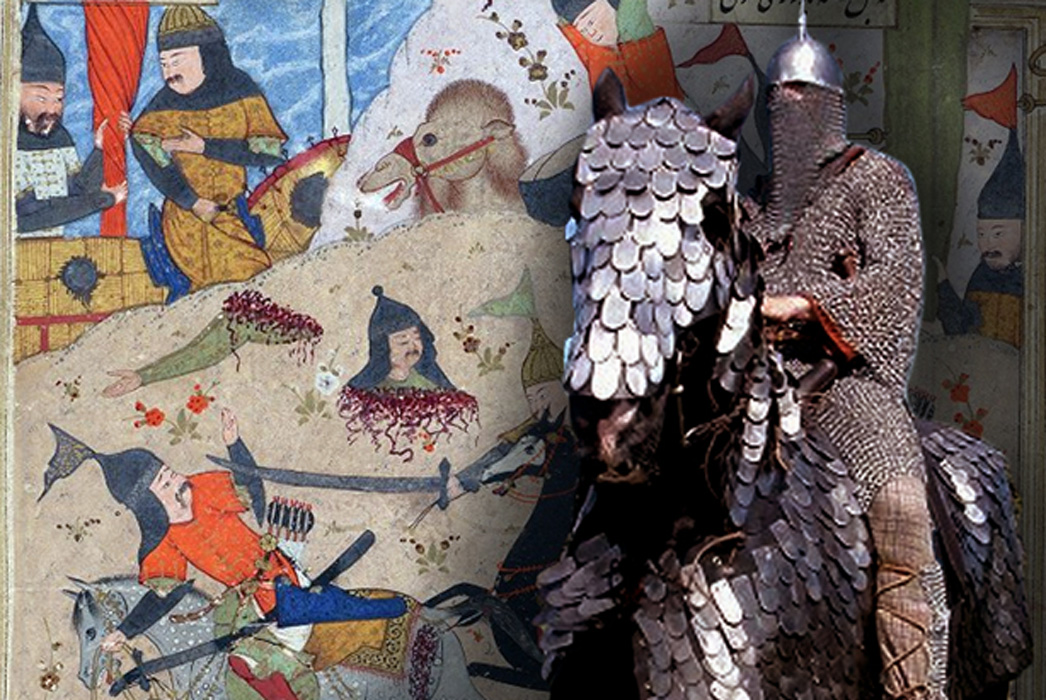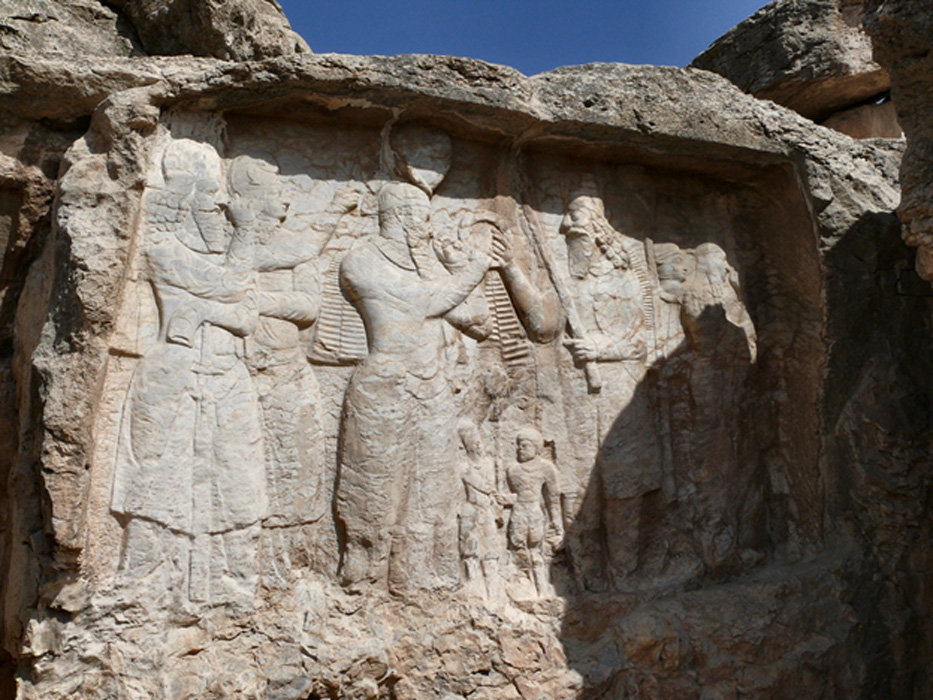
The House of Arsacid Falls to the House of Sasan: A Challenge, and Military Might – Part II
Ardashir proclaimed himself king of Persis by 208 CE. His brothers protested this and Ardashir disposed of them. If his brother challenges were not enough, many local petty kings of Persis refused to acknowledge Ardashir rule. Ardashir responded by going to war in which he crushed them. He thus solidified his position as the rightful king of Persis. However, Parthian leadership in Ctesiphon thought otherwise, and sounded the alarm.

The House of Sasan ruled the Sasanian Empire from 224 to 651. Ardashir I named the dynasty in honor of his grandfather, Sasan. The Sassanian Royal Symbol and the Mythology of Persia. (Public Domain)
Ardashir Challenges the Parthians
Ardashir made his challenge known in 224 CE. While risky, he knew that the Parthian powerbase at Ctesiphon was impotent and the confederation that supported the Arsacid throne weak and tired of Arsacid rule. Ardashir understood that so long as the Arsacid’s stayed in power, the next Roman invasion of Iranian lands would go roughly unchecked. To avoid this from happening, there was a crucial need for a much stronger central government capable of fielding a tough, well-disciplined army with the ability to meet, engage, discharge, and have the ability to give chase and conquer former territory once under Achaemenid rule.

Ardashir I is receiving the Kingship's ring. (CC BY-SA 2.0)
Ardashir, uncertain, but ready for the challenge, soon gained support beyond the borders of Persis. Many supporters from the provinces of Media, Media Atropatene, Adiabene, and Kurdistan, came to join in the rebellion. But that would not be enough if he was to defeat King Artabanus V. To seal the deal, Ardashir needed the support of the Iranian highlanders in the northwest.
This is mentioned in the Arbela Chronicles which state: “And this was recognized by the Persians and the Medes and they closed a union with Šahrat, the king of Hedajjab, and Domjtana, the king from Karek Selok and made a hefty assault on the Parthians in spring.” With many nations now backing Ardashir, particularly the western Iranians, which was extremely important (for the Parthian seat of power was right in the middle), Ardashir made his move to battle.
Artabanus V, like any king during a time of crises, assembled his forces and marched on the province of Persis to crush Ardashir.





